As everyone is telling you, this is an un-SQL-y thing to do. Your resultset will have an arbitrary number of columns (equal to the number of user tables in your database, which could be huge). Since the resultset must be rectangular, it will have as many rows as the maximum number of columns in any of your tables, so many of the values will be NULL.
That said, a straightforward dynamic PIVOT gets you what you want:
DECLARE @columns nvarchar(max);
DECLARE @sql nvarchar(max);
SET @columns = STUFF ( (
SELECT '],[' + t.name
FROM sys.tables t
WHERE t.type = 'U'
FOR XML PATH('') ), 1, 2, '')
+ ']';
SET @sql = '
SELECT ' + @columns + '
FROM
(
SELECT t.Name tName
, c.Name cName
, ROW_NUMBER() OVER (PARTITION BY t.Name ORDER BY c.Name) rn
FROM sys.columns c
JOIN sys.tables t ON t.object_id = c.object_id
WHERE t.type = ''U''
) raw
PIVOT (MAX(cName) FOR tName IN ( ' + @columns + ' ))
AS pvt;
';
EXECUTE(@sql);
This is what it produces on my master database:
spt_fallback_db spt_fallback_dev spt_fallback_usg spt_monitor MSreplication_options
------------------- ------------------- ------------------- --------------- ----------------------
dbid high dbid connections install_failures
name low lstart cpu_busy major_version
status name segmap idle minor_version
version phyname sizepg io_busy optname
xdttm_ins status vstart lastrun revision
xdttm_last_ins_upd xdttm_ins xdttm_ins pack_errors value
xfallback_dbid xdttm_last_ins_upd xdttm_last_ins_upd pack_received NULL
xserver_name xfallback_drive xfallback_vstart pack_sent NULL
NULL xfallback_low xserver_name total_errors NULL
NULL xserver_name NULL total_read NULL
NULL NULL NULL total_write NULL
(11 row(s) affected)

